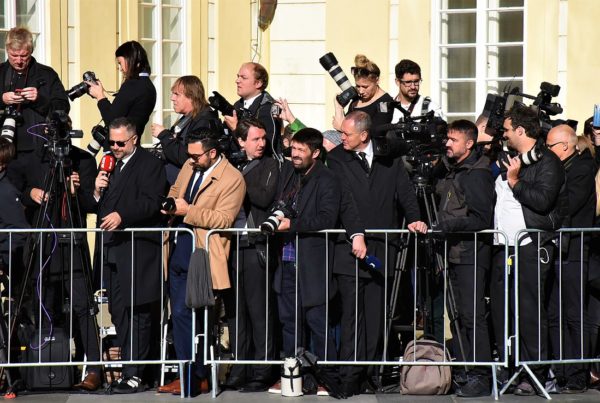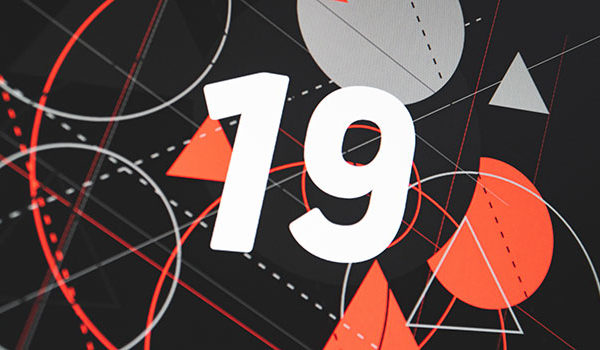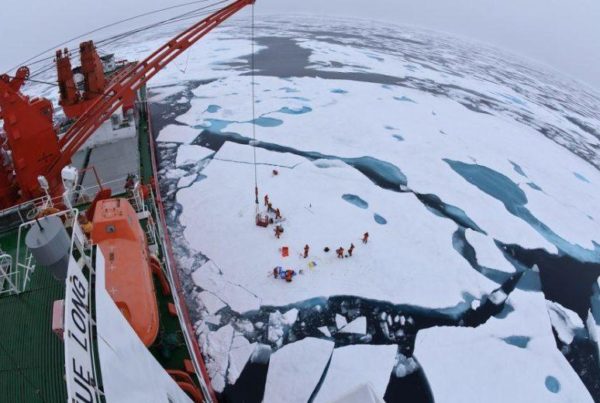Several newspapers, including the Washington Free Beacon, International Business Times, Global News, and Reuters have published reports over the last few days alluding to the idea that Russia could be preparing for a full-scale invasion of Ukraine.
Reuters reported on August 11th that Russian President, Vladimir Putin, convened his security council to announce “war games in the Black Sea” after “the Russian president accused Ukraine of trying to provoke a conflict over Crimea, which Moscow seized and annexed in 2014.” Foreign Policy reported that the Kremlin’s press service had released a statement regarding the situation, detailing that President Putin was prepared to “take countermeasures along the land border, offshore, and in Crimean airspace.”
On August 18th, the International Business Times reported that Ukrainian President, Petro Poroshenko, warned “a full-scale Russian invasion was possible as tensions again mount between the neighboring nations after increased military activity in Eastern Ukraine and along the border of Crimea.”
The Washington Free Beacon detailed reports from the Pentagon also on August 18th, that identified “identified eight staging areas in Russia where large numbers of military forces appear to be preparing for incursions into Ukraine, according to U.S. defense officials. As many as 40,000 Russian troops, including tanks, armored vehicles, and air force units, are now arrayed along Ukraine’s eastern border with Russia.” However, officials appear to be unsure whether or not this is President Putin “saber rattling” or if it is an indication of a more serious military conflict.
The Beacon spoke to Phillip Karber, a former U.S. arms control official with years of on-the-ground experience in Ukraine. Karber reportedly told the media outlet that he had “identified several new military units at the eight locations, including up to two brigades of the newly established Russian First Guards Tank Army at Yelnya and Klintsy in the north, elements of the 20th Army located to the south of those units, and forces from the 49th Army deployed further south near Rostov.”
He stated, “The fact that a full scale Russian invasion is still a plausible scenario after 30 months of conflict is an abject repudiation of an American policy of ‘leading from behind’ and West European fetish for trying to find ‘off-ramps’ that Putin hasn’t the slightest interest in taking.”
Andrey Kortunov, the director general of the Russian International Affairs Council (a Moscow-based foreign policy think tank) disagreed, telling Reuters, “It’s about sanctions.”
“It looks like a way of increasing pressure on Western participants of the Minsk peace process,” he said of a peace deal set up for eastern Ukraine, where pro-Russian separatists have battled against government forces.”
How Ukraine, the United States – and thus, NATO – react to these latest maneuvers by President Putin will be integral to how the conflict moves further. In August 2015, Bloomberg reported that the White House and U.S. defense officials advised the Ukrainian government to “stand down” as Russia invaded Crimea, in order to avoid a larger military confrontation.” This was for several reasons, including:
“There was a lack of clarity about what Russia was really doing on the ground. The Ukrainian military was in no shape to confront the Russian Spetsnaz (special operations) forces that were swarming on the Crimean peninsula. Moreover, the Ukrainian government in Kiev was only an interim administration until the country would vote in elections a few months later. Ukrainian officials told us that other European governments sent Kiev a similar message.
But the main concern was Russian President Vladimir Putin.
As U.S. officials told us recently, the White House feared that if the Ukrainian military fought in Crimea, it would give Putin justification to launch greater military intervention in Ukraine, using similar logic to what Moscow employed in 2008 when Putin invaded large parts of Georgia in response to a pre-emptive attack by the Tbilisi government. Russian forces occupy two Georgian provinces to this day.
Looking back today, many experts and officials point to the decision not to stand and fight in Crimea as the beginning of a Ukraine policy based on the assumption that avoiding conflict with Moscow would temper Putin’s aggression. But that was a miscalculation. Almost two years later, Crimea is all but forgotten, Russian-backed separatist forces are in control of two large Ukrainian provinces, and the shaky cease-fire between the two sides is in danger of collapsing.”
Of course, the situation in Ukraine will be further complicated by the situation in Syria. Where Russia has recently increased its airstrikes against rebel, and ISIS-held areas in order to support Bashar al-Assad’s regime. Airstrikes that have originated from Iranian bases – which some analysts suggest is a clear swipe at the United States. Russian officials defended the move saying it does not violate the UN Resolution prohibiting the sale of fighter jets (and other weapons) to Iran. Russian Foreign Minister Sergei Lavrov reiterated, “These jets are being used by Russian Air forces with Iranian consent within an anti-terrorist operation in Syria on the request of the legal Syrian government.”
The policy of non-intervention in Crimea and the Ukraine (as well as elsewhere), which was believed to eventually “temper” Putin’s aggression, appears to have backfired time, and time again. So what will the policy be this time around?








